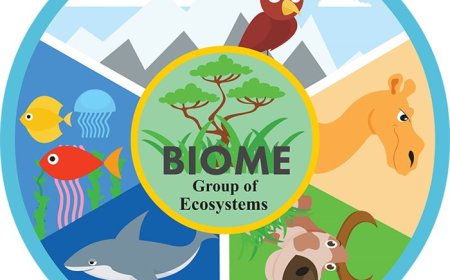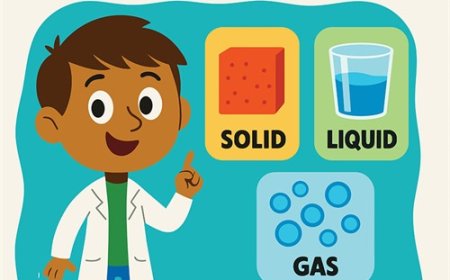The Moon Facts and Phases Explained for Students
Learn fun and educational facts about the Moon Earths natural satellite Discover its phases importance and how it affects daily life on our planet
🌟 Introduction
The Moon is Earth's closest neighbor in space and the only place beyond Earth where humans have set foot. It is Earth's natural satellite, meaning it orbits around our planet. The Moon has a big effect on life on Earth. It helps control ocean tides, creates different moon phases we can see in the night sky, and sometimes causes special events like eclipses. Even though it looks bright, the Moon doesn't make its own light-it reflects sunlight. Studying the Moon helps us understand more about Earth, space, and even the possibility of living on other worlds one day.
🔍 Understanding the Moon
The Moon is a rocky body that travels around Earth once every 27 days. It is much smaller than Earth-about 1/4 its size-but still large enough to have its own gravity. The Moon always shows the same side to Earth because it rotates at the same speed that it orbits. That's why we talk about the "near side" and "far side" of the Moon. Its surface is covered with craters, mountains, and plains formed by impacts from space rocks over billions of years.
🌍 Why Does It Matter?
The Moon is important because it affects life on Earth in many ways. Its gravity pulls on Earth's oceans, creating tides that help shape coastlines and sea life. The Moon also stabilizes Earth's tilt, which keeps our seasons more steady. Without the Moon, Earth's climate would be less stable, and life could be very different. It also inspires culture, calendars, and exploration-humans first landed on the Moon in 1969, which was one of the greatest achievements in space history.
🧪 How We See It in Daily Life
-
You can see the Moon almost every night, and its shape changes from new moon to full moon.
-
Ocean tides rise and fall because of the Moon's gravitational pull.
-
Special sky events like lunar and solar eclipses happen because of the Moon's orbit.
-
Many holidays and calendars, such as the Chinese calendar, are based on the Moon's cycles.
✨ Fun Facts
-
The Moon is about 238,900 miles away from Earth.
-
It has no atmosphere, so astronauts had to wear space suits to breathe.
-
The footprints from Apollo astronauts are still on the Moon.
-
The far side of the Moon was unseen by humans until space probes photographed it.
📌 Key Takeaways
-
The Moon is Earth's natural satellite.
-
It orbits Earth in about 27 days.
-
Its gravity causes ocean tides.
-
The Moon reflects sunlight but produces no light of its own.
-
It has played a big role in human exploration and culture.
🐾 Kid-Friendly Summary
The Moon is Earth's special space buddy. It circles around us, makes the tides move, and changes shape in the sky. It's the only place in space humans have walked!
📚 Vocabulary Words
-
Moon - Earth's natural satellite that orbits around us.
-
Orbit - The path the Moon takes as it circles Earth.
-
Phases of the Moon - The changing shapes of the Moon we see from Earth.
-
Tides - The rise and fall of ocean levels caused by the Moon's pull.
-
Satellite - An object that orbits another in space.
🧠 Interactive Quiz: The Moon
Instructions: Choose the best answer. Answers are at the end.
-
1. What is the Moon?
A) A planet
B) A star
C) Earth’s natural satellite
D) A comet -
2. How long does it take the Moon to orbit Earth?
A) 7 days
B) 27 days
C) 1 year
D) 365 days -
3. Why does the Moon look bright?
A) It makes its own light
B) It reflects sunlight
C) It glows in the dark
D) Stars light it up -
4. What causes ocean tides on Earth?
A) The Sun’s heat
B) The Moon’s gravity
C) Earth’s rotation
D) Wind and storms -
5. When did humans first walk on the Moon?
A) 1959
B) 1969
C) 1979
D) 1989




















































